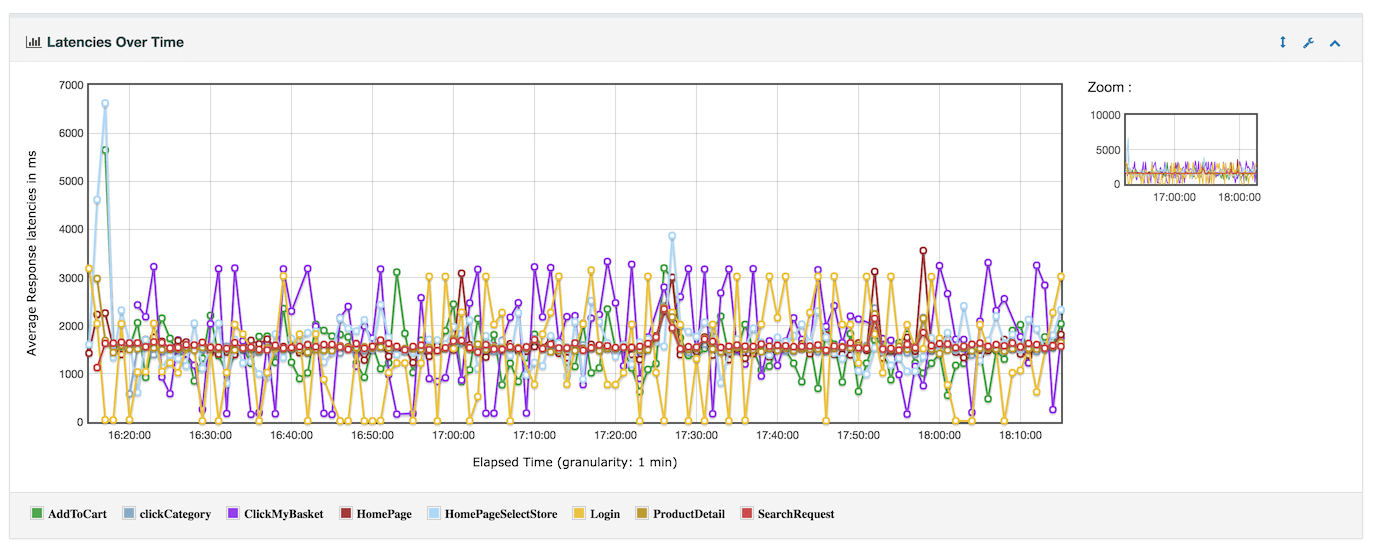Performance Testing - A Structured Guideline for Software Success

Performance testing is a crucial aspect of software development to ensure that your application can perform effectively under various conditions. This guideline provides a structured approach to planning and executing performance tests.
Table of Contents
- Requirements Analysis
- Design and Configuration
- Load Generator
- Monitoring Setup
- Test Data
- Scripting
- Preliminary Tests
- Test Execution
- Results Analysis and Reporting
- Continuous Testing and Iteration
1. Requirements Analysis
Purpose: Start with a strong foundation by understanding the project requirements and objectives.
- Identify user patterns and load profiles.
- Determine the size and scope of test data.
- Identify potential system bottlenecks and performance criteria.
- Define your logging and monitoring strategy.
Note: In cases where formal Service Level Agreements (SLAs) are not available, use baseline test results to establish ideal SLAs.
2. Design and Configuration
- Consider the factors that can influence test results, such as test configuration, network load, and database content.
- Perform performance testing in an environment that closely mirrors the production environment, including infrastructure and data size.
Note: Define the performance testing environment and ensure it is representative of the production setup.
3. Load Generator
- Use a dedicated load generator, which can be a virtual or physical machine, situated in close proximity to the application server(s) for optimal results.
- In cases where a high load is expected, consider distributed performance testing.
Note: Determine the Load Generator strategy based on the results of preliminary testing.
4. Monitoring Setup
- Employ monitoring tools such as LogStash/Splunk and profiling tools to identify and troubleshoot bottlenecks once they are discovered.
Note: Specify the monitoring and profiling tools based on project requirements.
5. Test Data
- Generate or create test data that aligns with the expected data size and usage patterns.
- Ensure that the test data closely resembles real-world scenarios to obtain accurate results.
6. Scripting
- Write performance test scripts or test cases using tools like JMeter, Gatling, or other relevant scripting tools.
- Ensure that the scripts cover a wide range of user scenarios and actions.
7. Preliminary Tests
- Execute a smoke test to validate the readiness of the test scripts and the testing environment.
- Conduct baseline tests to establish initial performance metrics for comparison.
8. Test Execution
The performance testing process includes various types:
- Load Testing: Confirm that the system can handle the required number of users while maintaining high performance levels.
- Volume Testing: Verify that the system can process a large volume of data without issues.
- Stress Testing: Intentionally overload the system to determine its breaking point.
- Soak Testing: Simulate extended periods of high traffic to assess the system's endurance.
Begin with basic load testing and progressively add other test types based on system performance and requirements.
9. Results Analysis and Reporting
- Utilize performance testing tools and frameworks to capture and analyze the results of performance tests.
- Identify bottlenecks, analyze performance data, and establish performance baselines.
Sample Performance Testing Report:

10. Continuous Testing and Iteration
Performance testing is not a one-time effort. It should be integrated into your continuous testing and delivery pipelines. Regularly repeat tests, analyze results, and make necessary improvements to ensure ongoing optimal performance.
By following these comprehensive performance testing guidelines, you can systematically plan, execute, and analyze performance tests, ensuring that your software meets performance requirements and delivers an exceptional user experience.

About Testingfly
Testingfly is my spot for sharing insights and experiences, with a primary focus on tools and technologies related to test automation and governance.
Comments
Want to give your thoughts or chat about more ideas? Feel free to leave a comment here.
Instead of authenticating the giscus application, you can also comment directly on GitHub.
Related Articles
Testing iFrames using Playwright
Automated testing has become an integral part of web application development. However, testing in Safari, Apple's web browser, presents unique challenges due to the browser's strict Same-Origin Policy (SOP), especially when dealing with iframes. In this article, we'll explore known issues related to Safari's SOP, discuss workarounds, and demonstrate how Playwright, a popular automation testing framework, supports automated testing in this context.

Overview of SiteCore for Beginners
Sitecore is a digital experience platform that combines content management, marketing automation, and eCommerce. It's an enterprise-level content management system (CMS) built on ASP.NET. Sitecore allows businesses to create, manage, and publish content across all channels using simple tools.
